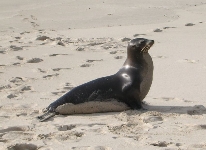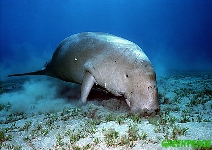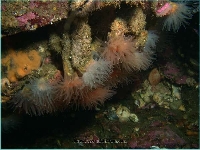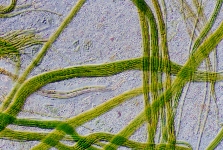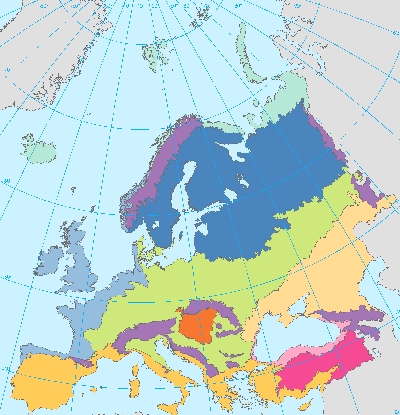Supplement 4.1: Endemism (2/2)
The opposite of endemism is cosmopolitism. Cosmopolitan species are those species that are widely distributed all over the world (although no species truly is). For plants a global distribution is only possible for a species that can a) survive transport in water and b) is light enough to be carried by the wind for thousands of kilometers. Species that fulfill these criteria are mainly plants which reproduce by spores, such as bacteria, mould or ferns and aquatic plants as for example algae and sundew.
Examples of marine endemic species are the Galapagos Sea Lion (Zalophus californianus wollebaeki),
the Dugong (Dugong dugon) in the Western Indian Ocean (East Africa) or the Chinese Mitten Crab (Eriocheir sinensis).
Examples of marine cosmopolitan species include some deep sea corals, like the Desmophyllum dianthus or cyanobacteria, such as Microcoleus chthonoplastes.
Biogeographical regions
Areas where endemites or animals and plants with similar or shared characteristics are distributed can be classified as biogeographical regions. The map below shows the biogeographical regions of Europe.
